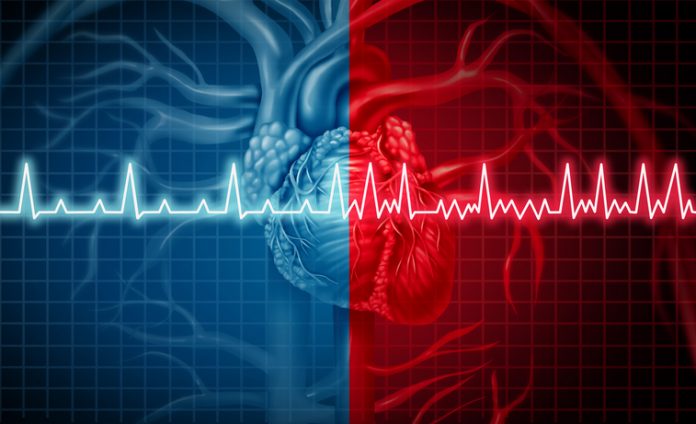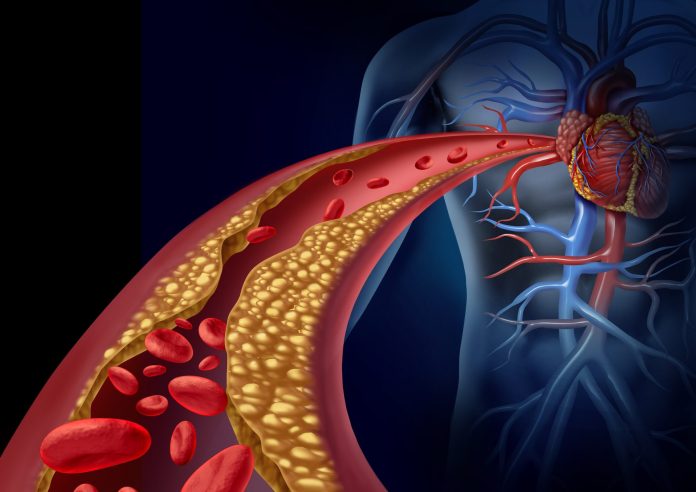After the low-fat diet craze of the 1990s, fad diets have moved on to other targets like carbohydrates. But ever-changing diet marketing may have left you confused: Is fat a nutritional villain? Or is it OK to have occasionally — or even good for you?
As a registered and licensed dietitian, I hear these questions from patients all the time. Let’s set the record straight.
Is fat in my diet good or bad?
Nutrients cannot be classified easily as good or bad. It’s more a question of how much and what type of fats are in your diet.
Excessive intake of any macronutrient — the main ones are carbohydrates, protein and fat — could potentially be harmful. When a person consumes more calories from fat, carbohydrates or protein than they burn, the extra calories are stored as body fat.
Some fat storage in the body is good, as it protects organs and keeps the body warm. And the body needs fat to absorb fat-soluble vitamins like vitamin D. Fats also play a role in producing hormones and helping cells function. However, too much fat storage is a risk factor for diseases like diabetes, heart disease and some cancers.
As science advances, healthcare professionals continue to adapt their recommendations to match current evidence. Many years ago, healthcare professionals recommended low-fat diets to prevent chronic diseases like heart disease. Newer evidence suggests it’s important to focus on the type of fat you are consuming rather than focusing on total fat intake.
What are the different types of fat?
There are many different types of fat, and they are categorized based on their chemical composition.
Trans fats are created when hydrogen is added to an unsaturated fat. Hydrogenated fat may be found in packaged items like cookies and cakes. To determine if a food has trans fat, look for partially hydrogenated oil in the ingredient list.
Trans fats are associated with adverse cardiovascular outcomes and are so unhealthy that the U.S. Food and Drug Administration has prohibited food manufacturers from adding the major source of artificial trans fats to foods and beverages.
Some meat and dairy products have small amounts of naturally occurring trans fats. It’s not clear how these fats affect health.
Saturated fat can be found in items such as meat, dairy, butter and coconut oil. Saturated fat is typically associated with an increased risk of cardiovascular disease. However, the type and source of saturated fat is important to consider. For example, dairy can contain saturated fat, but it also provides important nutrients, like calcium and protein. Rather than focusing on individual nutrients or foods, it is important to consider the overall composition of your diet. The American Heart Association recommends limiting saturated fat intake to 5% to 6% of daily calories.
Research continues to emerge that demonstrates how complex this topic is. See more information about this topic in the context of fat and dairy.
Unsaturated fats are divided into:
- Monounsaturated fatty acids. Experts have assumed that these fats contribute to better cardiovascular outcomes, at least compared with saturated fatty acids. However, monounsaturated fatty acids can be prominent in foods that are also high in saturated fatty acids, like red meat and dairy. This is one reason why there is no clear consensus on what amount of monounsaturated fatty acids should be consumed in the diet. But many plant oils and plant foods — such as avocados, pumpkin seeds, almonds, cashews and peanuts — are high in monounsaturated fats but low in saturated fats.
- Polyunsaturated fatty acids. Almost all fatty acids can be made in the body. However, some polyunsaturated fats must be obtained from the diet, as the human body is not able to produce them. These fats are known as omega-3 fatty acids and omega-6 fatty acids. These fatty acids are present in fatty fish like salmon, cod and lake trout, as well as in shellfish, soybeans, walnuts and canola oil. Dietary intake of polyunsaturated fatty acids has been associated with a reduced risk of cardiovascular disease, and it may also reduce the risk of Alzheimer’s disease and improve biomarkers for type 2 diabetes.
What foods should I focus on consuming for better heart health?
For better heart health:
- Try focusing on a diet rich in foods high in unsaturated fats, like fish and walnuts.
- Limit intake of foods high in saturated fat, like meat and butter.
- Read ingredient lists and avoid foods that contain trans fats.
Organizations like the United States Department of Agriculture (USDA) and the American Heart Association recommend a diet high in lean or plant proteins, whole grains, fruits, vegetables, and low-fat or fat free dairy products for overall health and wellness.

Relevant reading
The Mayo Clinic Diet Journal, Third Edition
This handy companion to The Mayo Clinic Diet is not your typical journal. The 224 pages of The Mayo Clinic Diet Journal will help you plan, track and review your progress over 10 weeks as you follow the program described in the #1 New York Times bestseller, The Mayo Clinic Diet.










